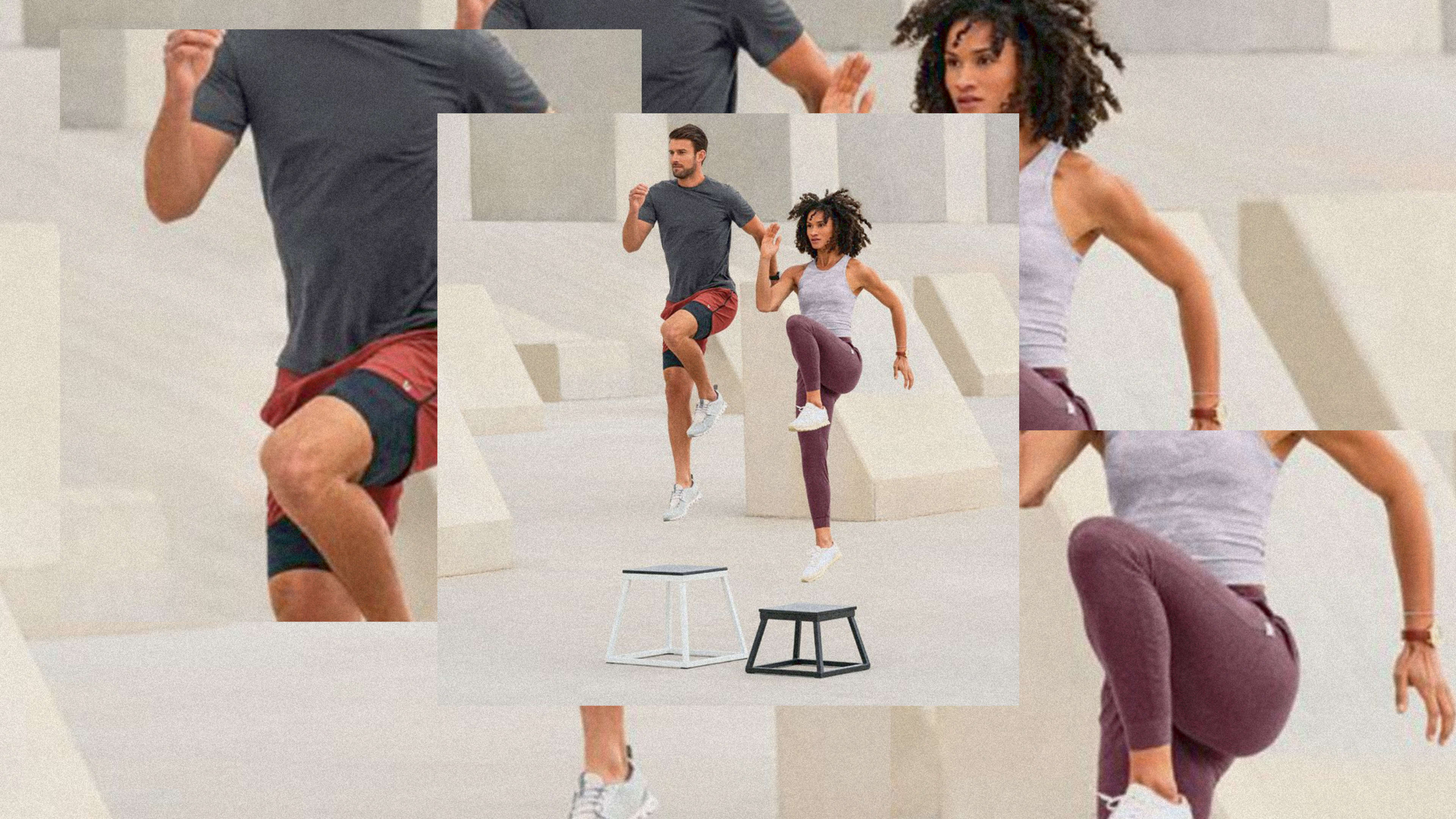Times are rough for direct-to-consumer retailers, at least if the financials disclosed in their recent initial public offering filings are any guide. Allbirds? Net losses are growing, and its IPO is now delayed. Casper Sleep? Lost half its value after widening losses spooked investors. Warby Parker? Over a decade in, it’s still burning cash. And then there’s Outdoor Voices, a slow-motion train wreck of managerial dysfunction. The #DoingThings brand won’t be going public anytime soon.
All of which makes activewear brand Vuori’s track record even more striking. Founded in 2015, Encinitas, California-based Vuori has been profitable since 2017. This past week, it announced that it had raised $400 million from mega-investor SoftBank’s second Vision Fund, valuing the company at $4 billion.

A surfer and yoga enthusiast with the whisper of a beard, Kudla embodies the Vuori brand’s misty-beach California cool. But he operates the company with fiscal discipline befitting his background as an Ernst & Young CPA. In practical terms, that has meant operating lean and getting creative. As Kudla tells it, he didn’t have much choice.
His original vision was to create activewear that could transition seamlessly from the gym, Pilates studio, or hiking trail to other contexts. “I remember being a little jealous when I saw, you know, Rhone doing a deal with [private equity firm L] Catterton, or Outdoor Voices bringing in Mickey Drexler,” he says. “I was questioning, how are we going to compete?”
Kudla recalls getting “a lot of nos” from prospective investors in the early days. Eventually, he was able to raise $2.6 million from friends and family—barely enough to get his fledgling apparel brand off the ground. “We were forced to become profitable in order to sustain our business,” he says. “And in retrospect . . . it was the best gift that I could have ever been given, because we had to get laser-focused on our operating model.”
Kudla’s first big decision was to design for men. “Everybody was trying to address the female market because their customer was coming in wearing Lululemon. Men’s was kind of an afterthought,” he recalls.
Vuori’s first bestseller, a pair of versatile men’s shorts well-suited for yoga, suggested that there was something to the strategy.
With the momentum from that initial traction, Kudla began approaching big retailers. Successful pilot programs at REI and Nordstrom soon had Vuori placed in stores nationwide. “A lot of DTC brands have this aversion to wholesale,” Kudla says. (DTC purists aim to derive value from cutting out the middleman.) “We were really specific in the early days about not selling to everybody, but [selling to] very strategically placed wholesale [partners] that would complement our efforts online.”

“I think it’s a little bit of a cop-out to say, we look at [stores] as a marketing vehicle to support our e-comm growth,” he says. “I don’t believe that that is a wise business decision. I think you need four-wall contribution and profitability to build a retail network.” Even in the e-commerce age, he argues, sales per square foot—the measure that puts Lululemon in the company of Apple and Tiffany & Co.—is an important metric.
So far, Vuori operates nearly a dozen stores of its own, and the numbers are promising. According to Kudla, customers who originate at Vuori stores tend to buy more, and be worth more to the company over time.
After near-bootstrapping for years, Kudla now has the resources to go big—and similarly big expectations to fulfill. Vuori has already expanded into women’s wear. Next, it’s aiming to expand internationally, with a London store planned for spring. Those new markets will be critical for growth, because the U.S. market for activewear remains crowded.
Recognize your brand’s excellence by applying to this year’s Brands That Matter Awards before the early-rate deadline, May 3.
